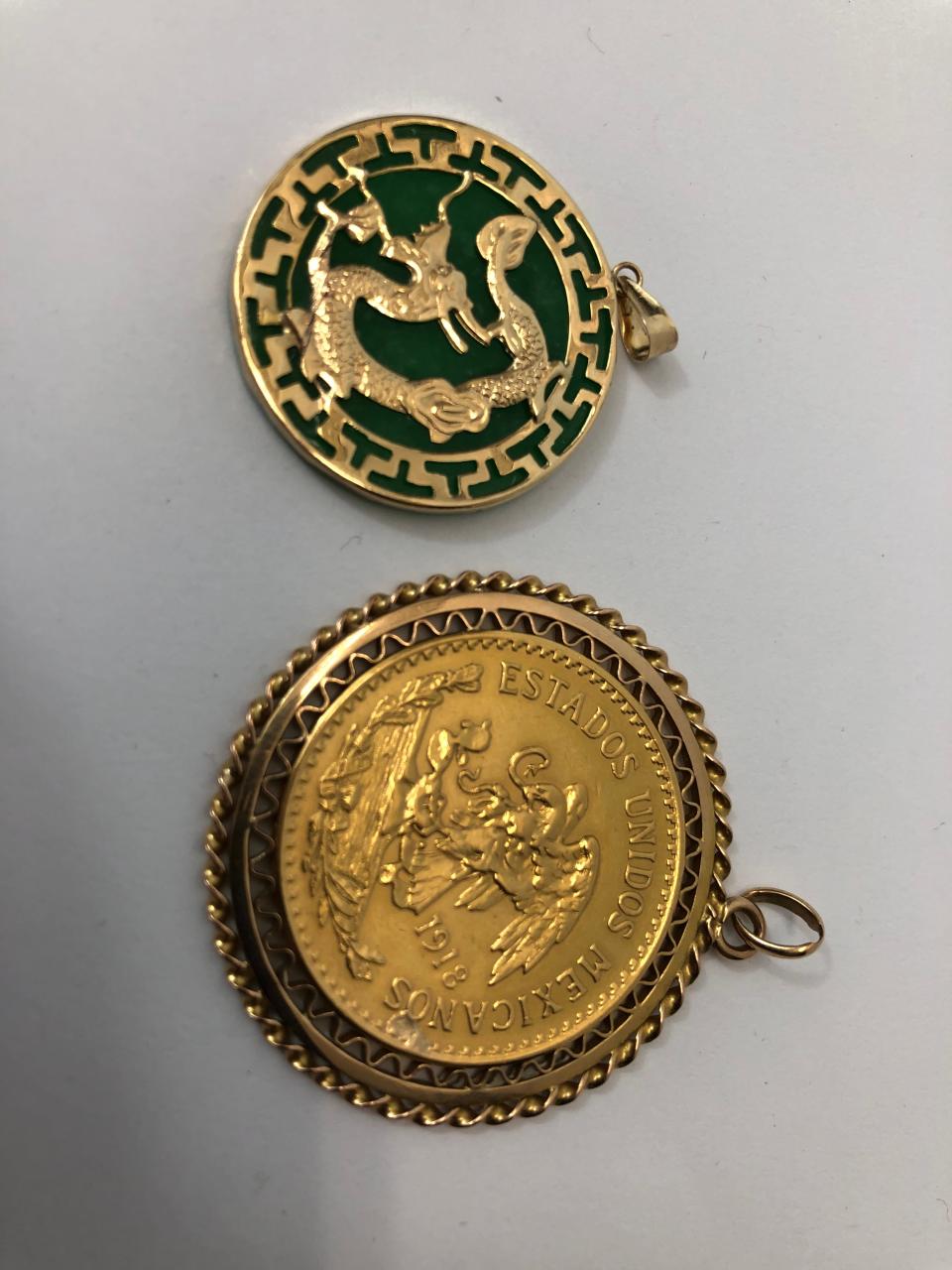Antiques: There's more to gold than just glitter
Let's talk about gold. The real stuff. Golden sunsets and golden years are all well and good, but today, the topic is real gold.
Coins and jewelry made from gold are among our most asked-for items. As an elemental metal, gold is increasingly hard to mine and has some unique qualities unlike any other substance. In some countries — e.g., India — gold is given and received as token of luck and future good fortune. And while it's not as rare nor as expensive as, say, rhodium, it's hard to scoff at anything that costs almost $2,000 an ounce.
So, without spending any money, let's take a look at what makes this stuff so appealing.
In the annals of its admittedly fuzzy history, gold first appears to have been discovered by the Egyptians some 2,500 years before Christ. It was seemingly found by chance, but its distinctive nature soon made it a medium of exchange.
Gold's early uses were in coins and jewelry, and enough was found in the intervening 1,200 years to allow King Tut to build his legendary tomb. Another king forever attached to gold in Greek mythology was King Midas, a real king of considerable wealth whose fictional wish that everything he touched would to turn to gold became his undoing. Had he been a little more specific in his thinking, he might have owned the world.

Anyway, the Greek and Romans soon jumped on the gold bandwagon, and their introduction of wide-scale mining greatly increased the world's supply. Over time, the classical gold standard was introduced whereby nearly all countries pegged their currencies to the value of gold, and non-gold coin and currency could be exchanged for the real thing.
During WWII, the emergence of the USA as a world power prompted the classical system to be replaced by the Bretton Woods system, pegging the dollar to gold, but all other currencies to the dollar. The fixed rate of $35 US dollars to one ounce of gold lasted until 1973, after which time essentially all currencies began to float against each other.
Today, the best estimates of all the world's gold amounts to about 187,000 tons above ground, with another 57,000 known tons still in the earth. That amount is roughly equivalent to the weight of two and one-half aircraft carriers. The United States Federal Reserve holds about 8,000 tons, the most held by any government in the world, with Germany, Italy, and France making up the rest of the top four.
Indian households and the Royal Family of Saudi Arabia are among the largest private owners of gold, and several American investment companies have taken huge positions in the metal in recent years. Without any new discoveries, it is thought that all known gold will be mined in the next 15 or so years.
In terms of gold's purity, the British system of applying assay marks to precious metals began in the 13th century, and the hallmarks on the gold you own may date to that era. By itself, pure gold is very soft, so alloys are usually added in gold used for jewelry. Insofar as pure gold is rated at 24 karats, an 18k mark indicates a 75% gold content of the whole while a 14k mark describes a gold content of about 58%.
In pure form, gold is exceedingly malleable and generally non-reactive to most acids and chemicals. And as the only yellow metal and one which does not naturally tarnish or lose its shine, gold is — and will long remain — an eternal standard of value.
Mike Rivkin and his wife, Linda, are longtime residents of Rancho Mirage. For many years, he was an award-winning catalogue publisher and has authored seven books, along with countless articles. Now, he's the owner of Antique Galleries of Palm Springs. His antiques column appears Sundays in The Desert Sun. Want to send Mike a question about antiques? Drop him a line at info@silverfishpress.com
This article originally appeared on Palm Springs Desert Sun: Antiques: There's more to gold than just glitter

